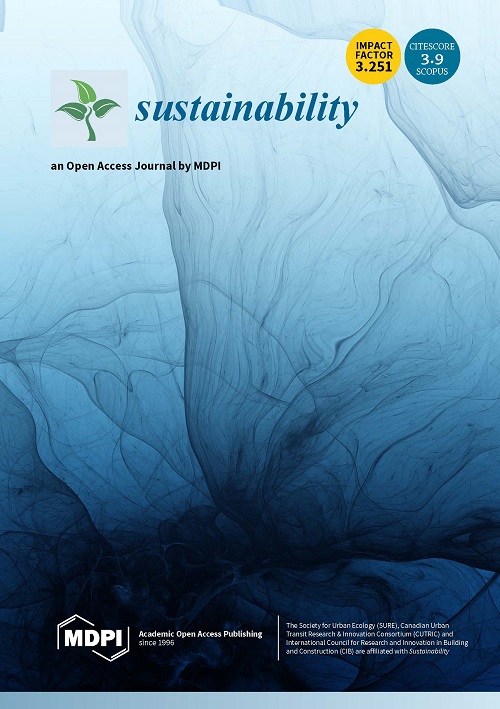Climate change poses significant challenges to the conservation of highly traded prioritized medicinal and aromatic plants (MAPs) from the Greater Himalayas. It is therefore essential to understand, ‘how’ and ‘where’ the plantation of MAPs can be effectively implemented for dealing with conservation-related issues. However, the ensemble species distribution modelling (eSDM) approach could be best to determine the climatic space of six highly traded MAPs for plantation in Nepal. Meanwhile, the current suitability was projected to the future (2070; RCP 4.5) scenario using a global circulation model (GCM), BCC-CSM1.1. The model delineated climatic space of six highly traded MAPs in the highlands altitudinally ranging from 1800 to 4200 m a.s.l. (meter above sea level) with the core hotspot in the central region of Nepal. Under the current and future scenarios, Nardostachys jatamansi ‘Spikenard’ and Aconitum spicatum ‘Aconite’ are projected to have the highest (ca. 15% and 17%) and lowest (ca. 3% and 9%) suitable areas respectively. The climatic zone in the hilly region (ca. 3000 m) can be suitable for mixed cultivation of all six MAPs in combination with Paris polyphylla ‘Love Apple’ whereas, middle mountainous region (ca. 4000 m) is more suitable for Nardostachys jatamansi. Therefore, the appropriate climatic space of the highly traded MAPs suggests the great possibility of their mixed cultivation to combat the increasing pressure from international trade, thereby benefiting the local farmers or collectors. This approach is crucial for conceiving the adaptive measures for sustainable management concerning the conservation of the highly traded MAPs.
DOI:
https://doi.org/10.1016/j.ecolind.2020.106435
Pontuação Altmetric:
Dimensões Contagem de citações:



















